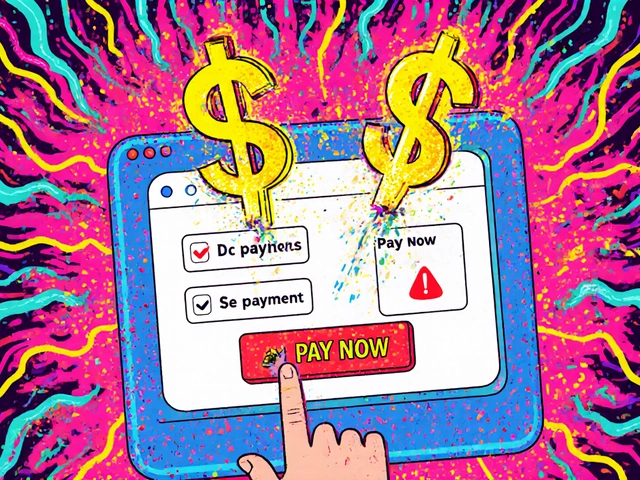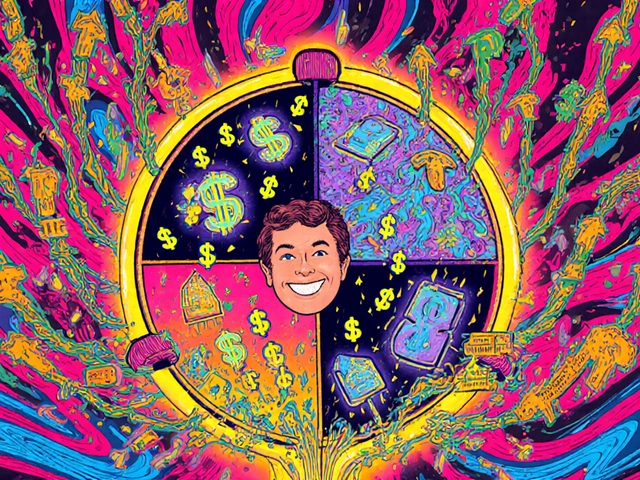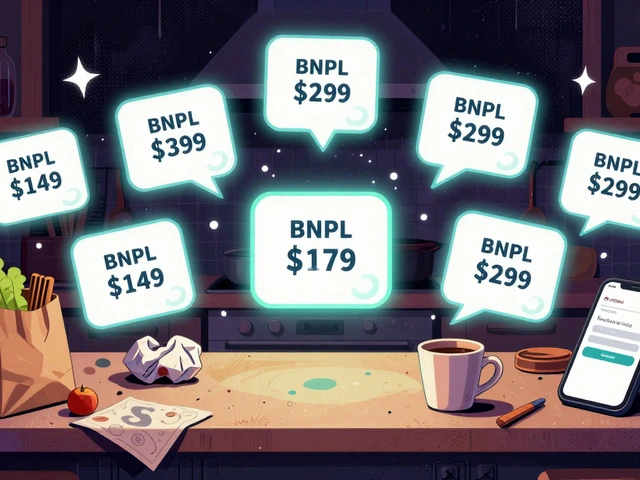Correlation in Investing: How Assets Move Together and Why It Matters
When you hear correlation, a statistical measure showing how two assets move in relation to each other. Also known as asset relationship, it tells you whether your stocks, bonds, and funds are working together—or pulling you in opposite directions. If one asset goes up and another always follows, they’re highly correlated. That’s fine if you’re betting on one trend. But if both crash at the same time? You didn’t diversify—you just doubled down on the same risk.
Real investors don’t just pick good assets. They pick assets that don’t move in lockstep. That’s where asset allocation, the process of dividing investments among different asset classes to balance risk and reward comes in. A portfolio full of tech stocks might look strong on paper, but if all those stocks drop when interest rates rise, you’re exposed. Meanwhile, adding bonds or commodities with low or negative correlation to tech can act like shock absorbers. You’ve probably seen this in action with fund turnover, how often a fund buys and sells its holdings, which affects tax costs and performance. High-turnover funds often chase trends, making them more likely to move together during market swings. Low-turnover index funds? They tend to behave more independently, which helps stabilize your overall portfolio.
Correlation isn’t magic. It’s math you can use. If your portfolio has five funds that all climb and fall with the S&P 500, you’re not diversified—you’re just holding five versions of the same thing. But if one of them leans on utilities, another on international bonds, and another on gold? That’s real diversification. It doesn’t mean you’ll never lose money. It means when one part of your portfolio takes a hit, others might hold steady—or even rise. That’s how you sleep better at night. The posts below show you exactly how to spot hidden correlations in your holdings, how to use dividends and rebalancing to counter them, and why some "safe" assets are secretly tied to the same risks you think you’ve avoided.





